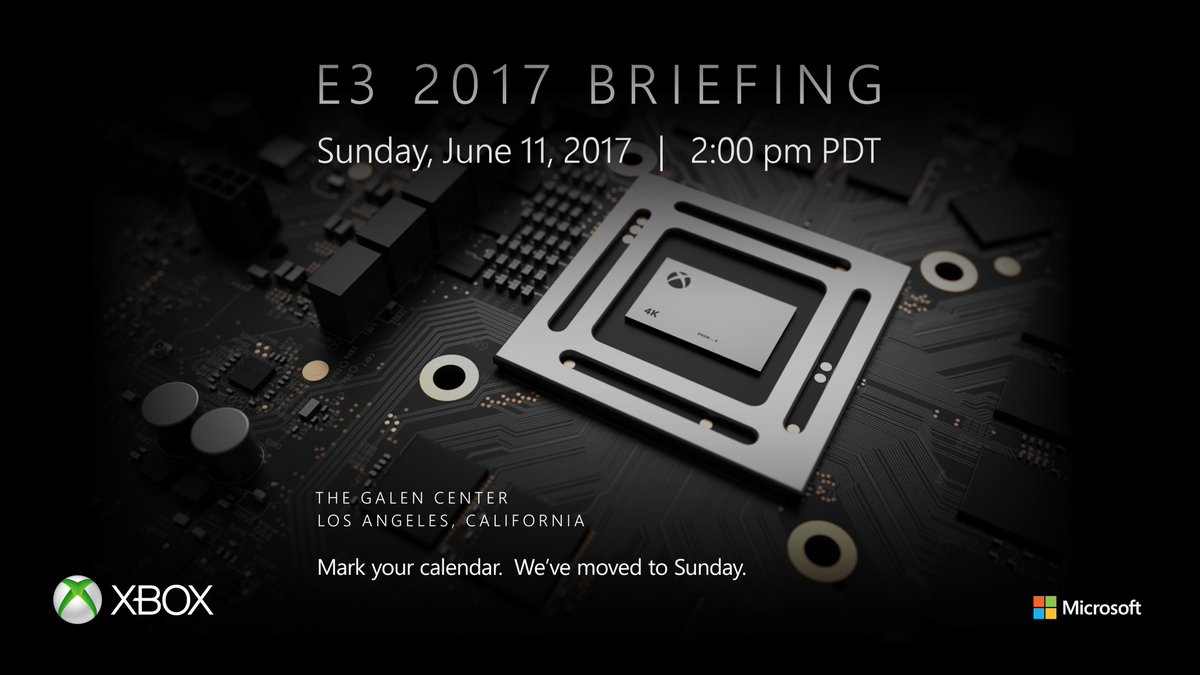Additionally, while playing a game that isn't in the cache, the initial load would be as long as a mechanical drive. However, where a normal mechanical drive would stop loading in assets after you start playing a game, intelligent caching would continue to fill the cache as you play which should significantly increase the speed of streaming assets (less pop-in), level loads, reloading from death, etc.
That said, I doubt we'll get any significant levels of NAND Flash caching in the Project Scorpio. At least any fast NAND like SATA or PCIE SSDs. However, we could see slower NAND as seen in mobile device. It wouldn't improve sequential read/write much over a standard mechanical drive, but would significantly increase random read/write which is beneficial for games. I still think it would be cost prohibitive however as the cache would need to be at least 64 GB to be able to hold an entire modern console game. Although some games are exceeding 64 GB now, which means 128 GB would be needed if they wanted to be able to cache any single game that might be released. And that would be quite expensive in terms of BOM when paired with a mechanical drive. A system meant to only cache part of a game wouldn't be too bad, as long as the intelligent caching system had a way to know what data might need to be used based on the players location and their travel options.
Of course, that then runs into another issue. Write endurance. With a small drive you are going to be evicting cells and writing new data into them quite a lot faster than you see with consumer SSDs for PC (where hundreds of GBs of information might remain static for months or years), especially considering how it would have to constantly update the cache based on what might need to be loaded in the next few minutes. That would become an issue with a small cache in a console meant to least 4-8 years.
Regards,
SB


